Considerations for Shipping Container Houses
Shipping container houses have gained popularity as an innovative and sustainable housing solution. These houses utilize repurposed shipping containers as the main building blocks, transforming them into functional and comfortable living spaces. This article provides insights into the design, benefits, and considerations associated with sea container houses.
Design and Construction
Shipping container houses are created by modifying and repurposing standard shipping containers, typically made of steel. These containers provide a sturdy and durable foundation for building structures. Design options include single containers, multiple containers stacked or arranged in various configurations, and even combining containers with traditional construction methods.
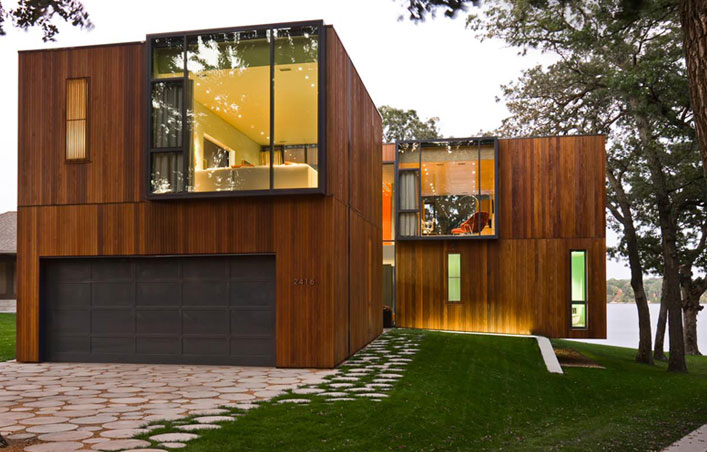
Advantages of Shipping Container Houses
Shipping container houses offer numerous advantages that make them an appealing housing option:
Affordability: The cost of shipping containers is relatively lower compared to traditional construction materials. This makes shipping container houses a cost-effective solution for those looking to build an affordable home.
Quick Construction: The use of pre-existing containers significantly reduces construction time. With the main structure already in place, modifications and interior fittings can be completed in less time, allowing for faster occupancy.
Portability: Shipping container houses can be easily transported, making them suitable for those who frequently move or desire a mobile living solution. They can be transported by truck, train, or even shipped overseas.
Modularity: Containers can be stacked or arranged in various configurations, allowing for flexible design possibilities. Additional containers can be added as needed, providing the option for future expansion or modification.
Sustainability and Eco-Friendliness
Shipping container houses contribute to sustainable living in several ways:
Recycling: Repurposing shipping containers gives them a new lease on life, reducing the environmental impact of abandoned containers and promoting recycling.
Reduced Material Waste: By utilizing existing containers, the need for new construction materials is minimized, resulting in reduced waste generation.
Energy Efficiency: Shipping containers can be designed to incorporate energy-efficient features such as insulation, solar panels, and rainwater harvesting systems. These features help reduce energy consumption and promote eco-friendly living.
Minimal Footprint: Shipping container houses can be built on existing foundations or placed on piers, reducing the need for extensive land preparation. This makes them suitable for urban areas with limited space.
Cost-Effectiveness
Shipping container houses offer cost advantages over traditional housing options:
Lower Material Costs: Shipping containers are readily available and relatively inexpensive compared to traditional construction materials.
Reduced Labor Costs: With a simplified construction process, labor costs can be significantly reduced, making shipping container houses a budget-friendly option.
Energy Efficiency: Proper insulation and design considerations can lead to energy savings, resulting in reduced long-term operational costs.
Customization and Flexibility
Shipping container houses can be customized to meet individual preferences and requirements. Some customization options include:
Additional reading:Advantages and Disadvantages of PVC Water Supply Pipes
Choosing the Right Material for Water Supply Pipes: A Comparative Study
Enhancing Tile Adhesive Performance with HPMC: Key Considerations and Applications
Exploring the Advantages of Framing Membrane Structures
Railway Continuous Beam Bridge Bearings: Ensuring Stability and Safety
Are Expandable Container Houses Worth It?
PU White Primer: A Versatile Coating for Surface Preparation
Interior Layout: Containers can be modified to include living areas, bedrooms, bathrooms, kitchens, and more, tailored to specific spatial needs.
Exterior Finishes: Containers can be painted, clad, or covered with various materials to enhance aesthetics and blend with the surrounding environment.
Additions and Extensions: Containers can be combined with traditional construction methods or additional containers to create unique and spacious living arrangements.
Durability and Safety
Shipping container houses are known for their durability and structural strength:
Weather Resistance: Built to withstand harsh marine environments, shipping containers are designed to be weatherproof and corrosion-resistant.
Structural Integrity: Steel containers provide a robust structure that can withstand extreme conditions such as hurricanes or earthquakes.
Safety Features: Containers can be fitted with standard safety features including doors, windows, ventilation systems, and security measures to ensure the safety of occupants.
Considerations for Shipping Container Houses
Before embarking on building a shipping container house, it's essential to consider the following factors:
Building Regulations: Familiarize yourself with local building codes and regulations to ensure compliance and obtain the necessary permits for construction.
Insulation and Climate Control: Proper insulation is crucial to maintain comfortable indoor temperatures. Consider insulation materials and climate control systems to ensure year-round comfort.
Site Preparation: Adequate site preparation, including leveling, drainage, and foundation considerations, is important for a stable and secure container house.
Popular Shipping Container House Designs
Various shipping container homes designs have gained popularity among homeowners and architects. Some notable designs include:
Single-Container Home: A single shipping container transformed into a compact and cozy living space, suitable for individuals or couples.
Multi-Container Home: Multiple containers combined to create a larger living area with separate rooms, offering more space for families.
Container-Extension Home: Containers used as extensions to existing structures, adding extra rooms or functional spaces.
Container-Stacked Home: Containers stacked vertically to create multi-story homes with different levels and floor plans.
Conclusion
Shipping container houses provide a sustainable, innovative, and cost-effective housing solution. Their unique design, eco-friendliness, and versatility make them an attractive option for those seeking a modern and affordable home. With proper planning, customization, and consideration of local regulations, shipping container houses offer a creative and sustainable way to embrace comfortable living.
Additional reading:Galvanized Corrugated Steel Plate: Features and Applications
Advantages of Hot-Dip Galvanized W-Beam Guardrails
How to Cut Culvert Pipe
Advantages of HDPE Ground Protection Mats
Swimming Pool Heat Pumps: Efficient Heating Solutions for Pools
All You Need to Know About PUR Hot Melt Adhesive
What is the purpose of dams and their role in water management?
73
0
0
Related Articles



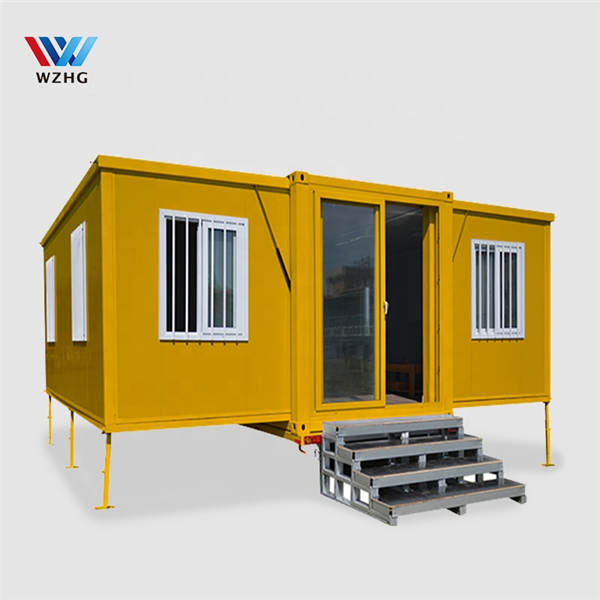



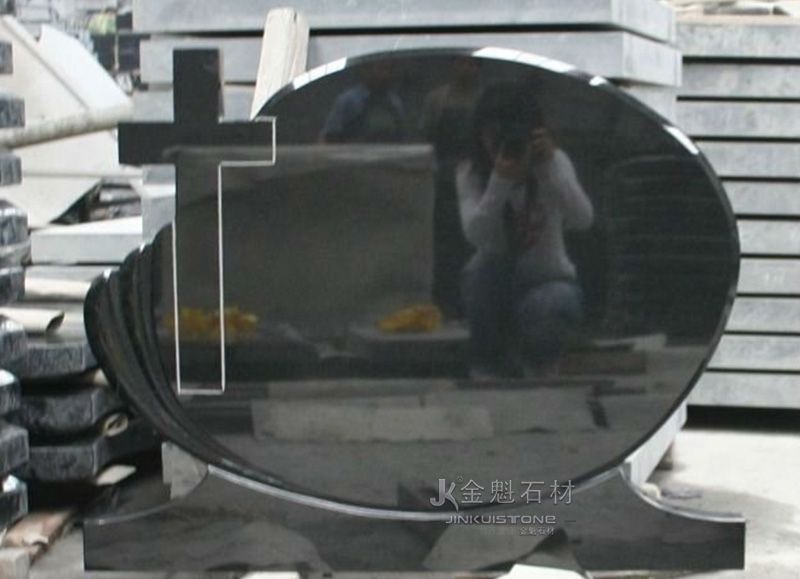
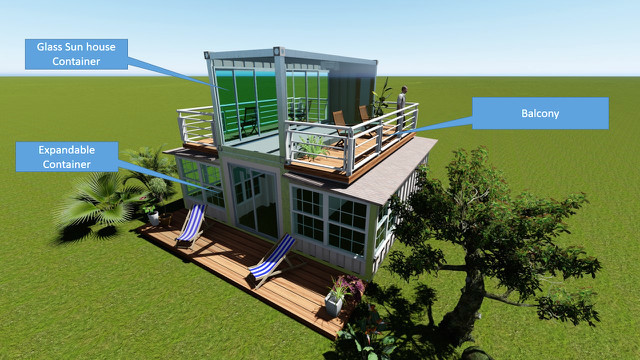
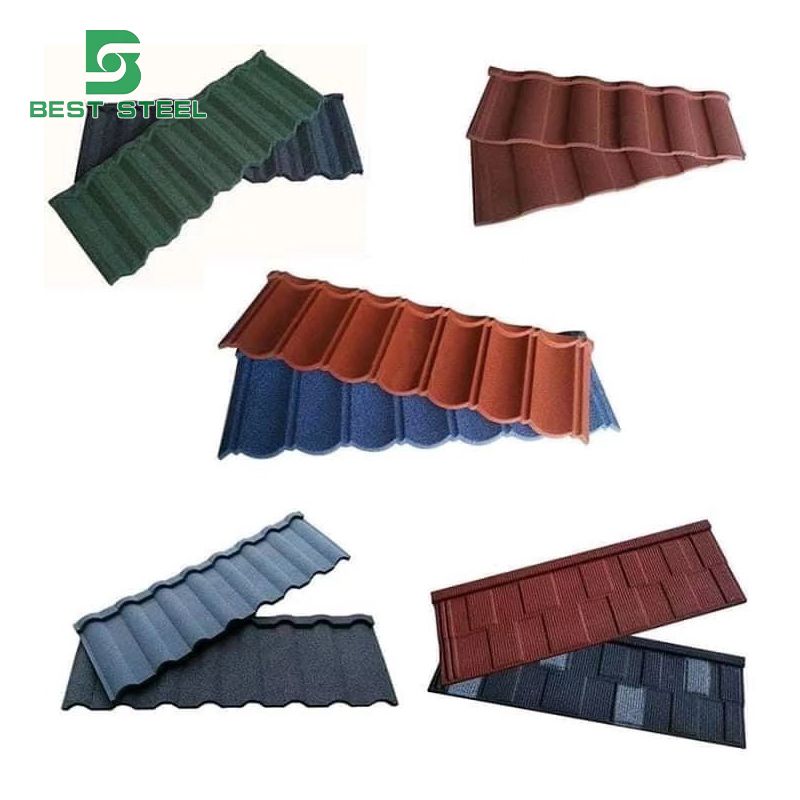
Comments
All Comments (0)